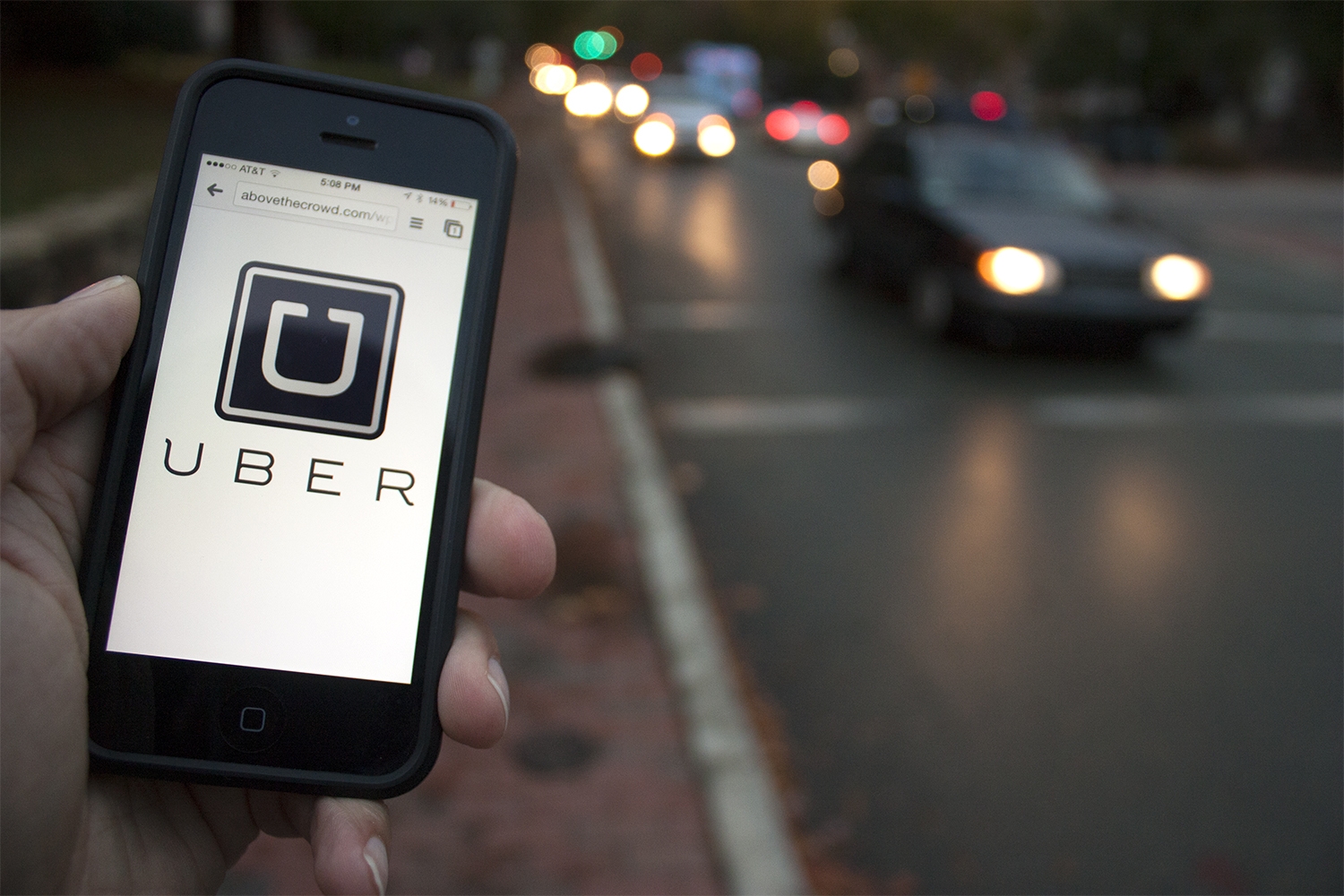Today, instead of using my own two feet, I was chauffeured from my house to that of a friend. Two days before, I was driven from a friend’s to a concert venue, and had I not been going home with someone, I would’ve requested a ride home. No, I’m not the heiress of anything, and I’m not princess of Genovia so I don’t have a driver. I’m talking about the taxi-but-better app, Uber.
Whether it’s for class, work or the club, people all over the world want to have a ride on-call, and they want their driver to be accountable, punctual and discreet. While Uber, Lyft and other smaller transportation network companies (TNCs) serve a societal purpose though, they’re not perfect. What was intended to be a safe, reliable mode of transportation has mutated into an opportunity for theft, harassment and even violence.
The start of fall semester is rife with parties, mixers and karaoke nights — events that can either be a great time or a grave time. Uber has shown itself to be shady, if not opaque with user data. The company has eschewed any substantial screening protocol for hiring drivers, an oversight that is not likely to change as the TNC field grows increasingly saturated. In my home city of San Francisco, this decision has indirectly led to the death of a child and an assault via hammer (?). In the face of accusation, Uber denies liability.
If that wasn’t disconcerting enough, there are plenty of user horror stories to quell your desire to “uber everywhere,” many of which are near-kidnapping scenarios like this one, which was written off by the company as “insufficient navigation.”
Some are more serious, such as the story of a girl younger than myself who was raped by her driver. I’m a little nervous even writing this article, because apparently Uber is poised to defame any journalist who’s exposed them and their less-than-savory tactics. The hashtag #ubergate, which dates back to 2014, is still alive and well on Twitter.
The company’s business model is abhorrent, and it petrifies me to think of other young women like myself who go out on the weekends and party enough to make themselves vulnerable, only to discover that the real danger is on their ride home.
What I find most appalling is the apathy of Uber’s higher-ups to better their background checks and adequately compensate victims of Uber-related crimes. The more I research, the more I want to delete my TNC apps and start my own rideshare where girls are guaranteed drivers who aren’t going to scare the shit out of them or ask if they’re single, as I’ve experienced myself.
Since I can’t get that going just yet, here are some solutions to stay safe without sacrificing fun until Uber can get it together.
1. Know Your Alternatives
I’m a bit spoiled in this respect, because San Francisco has been flooded by tech entrepreneurs who don’t drive or trust cab drivers (which I attribute to an undercurrent of classism and racism), as well as a prominent LGBTQ community that has the resources to go to lengths to protect their own. Here is a small collection of alternatives that I have personal experience with and endorse, Lyft being one of them.
Neither I nor anyone I know has had a negative experience with Lyft, and I credit it to a better screening method and better pay incentives for the drivers, namely the tipping feature that Uber does not have. Maybe it’s a stretch, but I like to think my drivers are on their best behavior because I have some power to reward them for it.
In addition, Flywheel, a similar app but for taxi cabs, belongs on my list, as does Homobiles, a Bay Area-specific, queer-led alternative that is focused on providing safe transportation to members of communities already at risk.
2. Don’t Ride Alone
One of my favorite features of these rideshare apps are the carpools, like Uberpool and Lyft line, which not only cut the cost of the ride, but keep the ride open to other riders so there’s always at least one other witness in the car. It is also, coincidentally, nice company to rehash what you’re watching on Netflix.
The carpools feature an “eta” function that communicates your route and time to a friend via text, so someone can be tipped off if the ride is taking longer than usual. This doesn’t always fly, but should two riders want to split a ride, most riders will make more than one stop if notified at the beginning of a ride. This way, both parties can get home with someone to identify the driver, should it ever come to that. I really hope it doesn’t come to that.
3. Spread the Word
Since disdain for Uber is typically only within the tech community or in areas that have the resources to produce alternatives, it probably won’t implode anytime soon. But as evidenced by the visibility of #ubergate, people are starting to take notice of how the company shorts, bullies and actively, if indirectly, harms its users.
I don’t mean to cancel all those fraternity mixers for fear of being driven to an empty parking lot, and the odds of these incidents happening are slim, but the fact they exist at all is the problem. There are enough perils for college students to navigate on-campus; the last thing we need are lurkers beyond.


















[…] https://studybreaks.com/2016/09/08/dont-use-uber-anymore/ […]